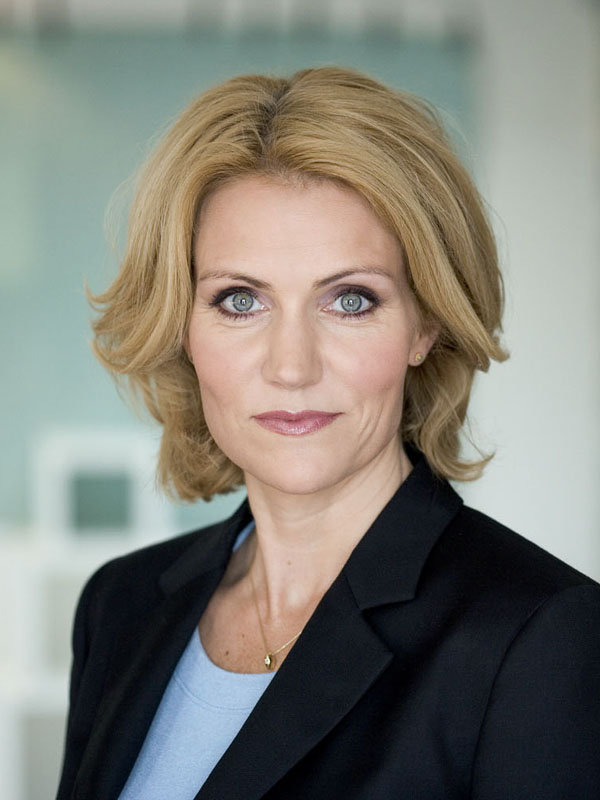
Act today for tomorrow's children
The adoption of the 2030 Sustainable Development Goals (SDGs) signals a clear commitment to set the world on track for a more just, prosperous and sustainable future, in which all children can reach their full potential. The challenge of sustainable development is an intergenerational one: effective action now will both improve children’s lives today and create a better future for children tomorrow.

Over the last 15 years, the world has made unprecedented progress for children. The number of children dying before their fifth birthday has halved, as has the number of out-of-school children. This has coincided with a dramatic fall in extreme poverty–from 1.9 billion people living on less than US$1.25 a day in 2000 to 836 million in 2015.
It is important to celebrate these achievements, but there is no room for complacency. There is a huge and urgent unfinished agenda: development outcomes are uneven, inequalities persist and millions of children are being left behind because of who they are and where they live. If we want to achieve the 2030 goals, we need to tackle the barriers stopping these children from surviving and learning, and break the intergenerational cycle of poverty.
The 2030 agenda provides the framework to make this happen. With 17 goals and 169 targets, it provides a comprehensive plan of action for people, planet, prosperity and peace. The framework is both transformative in its scope, including commitments to get to zero on key dimensions of poverty, and transformative in its universality, with all goals and targets applicable to all countries. The cross-cutting commitments to leave no one behind, to see targets and goals met for all parts of society, and to endeavour to reach those who are furthest behind first are arguably the most important shifts in this new framework. Governments will not be able to meet their SDG commitments if they fail to tackle the obstacles faced by excluded groups.
The challenge now is to bring these commitments to life through concrete changes in policy, practice and budgets to ensure progress toward each and every SDG. Research from Save the Children has identified five key areas of action for SDG implementation. At the national level, integrating goals and targets into national plans, sector strategies and budgets is an important first step; however, this must be accompanied by strong national institutions and co-ordination mechanisms to translate plans into progress.
Realising the commitment to leave no one behind means we need targeted policies and approaches to accelerate equitable progress across all goals. This includes setting “stepping stone” equity targets–interim benchmarks between 2016 and 2030 that aim to reduce the gap between the best and worst-off groups. Collecting strong, disaggregated data will provide the robust evidence needed for planning, designing policies, and monitoring the progress of all segments of society. The successful implementation of the global goals also requires inclusive and participatory accountability systems at all levels, in which all people, including children, have meaningful opportunities to participate.
Children will be among the greatest beneficiaries of progress towards the SDGs . But, by making their voices heard and shaping policies that will affect them, they also have a pivotal role to play in their delivery. The right to participate, enshrined in the UN Convention on the Rights of the Child, can ensure not only smarter, more child-friendly policy, but also greater accountability for results. We see this in our own programme experience in Save the Children: from Tanzania to Bangladesh, children are already making their voices heard and having a direct impact on local governance and on the quality of services they use.
The Millennium Development Goals–the precursors of the SDGs–were an important starting point in galvanising international support for poverty reduction and driving national policy change. The SDGs–through effective implementation efforts–will help us finish the job and go beyond, ensuring that all 17 goals are achieved and that no one is left behind.
Visit www.savethechildren.net
United Nations (2015), The Millennium Development Goals Report 2015, UN, New York http://www.un.org/millenniumgoals/2015_MDG_Report/pdf/MDG%202015%20rev%20%28July%201%29.pdf
Save the Children (2016), From Agreement to Action: Delivering the Sustainable Development Goals, Save the Children, London https://www.savethechildren.org.uk/sites/default/files/images/From_Agreement_to_Action.pdf
Save the Children (2014), Leaving No One Behind: Embedding Equity in the Post-2015 Framework through Stepping Stone Targets, Save the Children, London https://www.savethechildren.org.uk/sites/default/files/images/Leaving_No_One_Behind.pdf
